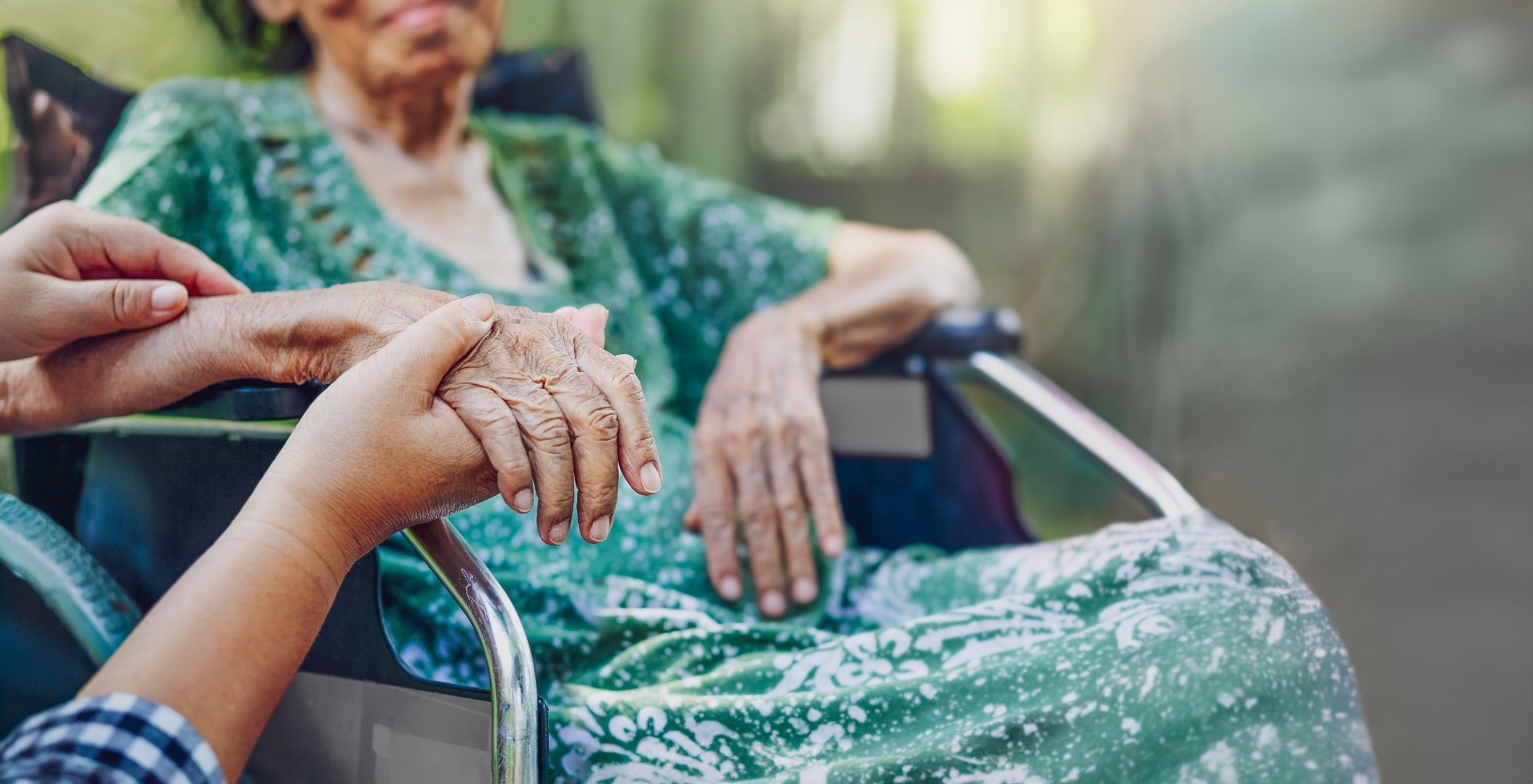In an evolving health landscape, emerging research continues to highlight concerns that could impact everyday wellbeing. Here’s the key update you should know about:
New research explains why some people worry less about growing old, showing that education, income, and fairer social policies could ease China’s fears of aging.
Study: Why does aging anxiety emerge? A study on the influence of socioeconomic status. Image credit: Toa55/Shutterstock.com
A recent study in Frontiers in Psychology investigates the mechanisms through which socioeconomic status (SES) affects aging anxiety, utilizing data from the Chinese General Social Survey (CGSS).
How has the transformation in the economy and society impacted aging-related anxiety?
The challenge associated with population aging is becoming increasingly severe in China, with 15.4% of the total population above 65 years of age at the end of 2023. Rising life expectancy has also contributed to the challenges associated with aging. At the societal level, the progress toward healthy aging is hampered by stereotypes and persistent age discrimination against older adults.
Existing research has shown the adverse mental health and well-being effects associated with negative views or beliefs about aging. Fear of elderly loneliness and aging-related diseases can contribute to death anxiety and depression. The anxiety may spread and transform into a pervasive societal mood if left untreated. This, in turn, could adversely affect socioeconomic development and healthy aging.
Aging anxiety merits exploration of influencing factors at a broader social structural level. Such explorations are lacking in existing research, which requires further examination of the causal mechanisms between aging anxiety and influencing factors, such as SES.
About the study
This study uses data from the Chinese General Social Survey (CGSS) 2021 to analyze the mechanisms through which socioeconomic status affects aging anxiety. It also sheds light on the impact of structural social factors such as marketization levels and urban–rural disparities on aging anxiety. The socioeconomic factors include personal income, subjective expectations of rising socioeconomic status, and education levels. In addition, factors such as political affiliation, social trust, and social support were examined as controls. Perceptions of aging and stressors were used as mediating variables.
Given that other factors may influence the impact of socioeconomic status on aging anxiety, this analysis used hierarchical linear modeling (HLM).
Province-level variables were modeled to assess the moderating role of marketization and the direct effects of socioeconomic status (SES) on aging anxiety.
Due to the complex relationship between aging anxiety and objective/subjective SES, structural equation modeling (SEM) was used to analyze the mediating mechanisms. For heterogeneity analysis, hierarchical ordered probit (Oprobit) assessed SES effects on each specific anxiety dimension.
Study findings
The overall mean aging anxiety score decreased marginally between 2010 and 2021. Concerning individual anxiety dimensions, average anxiety about self-care (physical mobility) declined marginally, anxiety about autonomy (decision-making) rose slightly, and anxiety about self-sufficiency (financial independence) reduced most substantially. This highlights the anxiety-mitigating effect of improved income levels and socioeconomic development.
Several regression models were estimated to evaluate the impact of SES on aging anxiety. The fully saturated model showed that socioeconomic status, stressors, and aging perceptions exert significant effects on aging anxiety. Specifically, improvements in education and income and favourable expectations about socioeconomic status significantly alleviated aging anxiety.
The effects of ethnicity, marital status, and political affiliation were only significant in simpler models but lost significance once all variables were included. Social trust and participation in social insurance were also protective, while the effects of social support were more complex. They were sometimes linked to higher anxiety when family caregiving burdens meant that “listening” support from relatives added stress rather than easing it. Age showed a U-shaped association with the inflection point at approximately 42 years.
SEM mediation analysis showed that education partially influences aging anxiety through personal stressors, healthcare access barriers, family stressors, and aging perceptions. Personal income showed an insignificant effect on family stressors, while maintaining a significant negative effect on personal stressors. It also showed significant positive impacts on perceptions of aging.
Overall, income influences aging anxiety indirectly through aging perceptions and personal stressors. Additionally, subjective mobility expectations affect aging anxiety through both personal and anticipated stressor channels. The authors also noted that part of the impact of education (~13%) and income (~7%) on aging anxiety operates indirectly through expectations of social mobility.
An insignificant association was noted by examining whether provincial marketization levels moderate the relationship between personal income, subjective SES, and aging anxiety. However, a significant positive moderation by regional marketization was noted concerning the educational attainment’s mitigating effect on aging anxiety. This means that education reduced aging anxiety more strongly in provinces with higher levels of marketization, while income and subjective SES expectations did not show significant moderation.
Concerning heterogeneity analysis, regional urbanization levels and urban–rural structures moderated the effects of SES on aging anxiety. In more urban regions, the anxiety-reducing effect of educational attainment is stronger. Among rural residents, increased participation in social insurance can alleviate anxiety.
Conclusions
The first concern is prioritizing an equitable distribution of developmental benefits across residents in rural and urban regions. Secondly, online and offline platforms must be leveraged to build a society that values its elderly population. Extensive public awareness campaigns could help combat age-based discrimination and negative stereotypes.
Institutional arrangements for social security systems should be enhanced, particularly those related to long-term care. Prioritizing low-income vulnerable groups and rural residents could mitigate aging-related concerns.
